Best Lungwort Companion Plants For A Beautiful Shade Garden
Title: Best Lungwort Companion Plants for a Beautiful Shade Garden
Introduction:
Lungwort (Pulmonaria) is a beautiful shade-loving perennial that is known for its colorful spotted leaves and early spring flowers. There are many different varieties of lungwort, each with its own unique color and pattern. Some of the most popular varieties include:
- Pulmonaria 'Mrs. Moon': This variety has blue-green leaves with white spots. The flowers are a pale blue-purple.
- Pulmonaria 'Redstart': This variety has dark green leaves with red spots. The flowers are a bright pink.
- Pulmonaria 'Splendens': This variety has dark green leaves with white spots. The flowers are a deep purple.
Lungwort is a relatively easy plant to care for. It prefers moist, well-drained soil and partial to full shade. It is also deer-resistant.
If you are looking to add some lungwort to your shade garden, you will need to choose the right companion plants. Some good companion plants for lungwort include:
- Hostas: Hostas are another shade-loving perennial that comes in a wide variety of colors and sizes. They make great companions for lungwort because they have similar growing requirements.
- Astilbe: Astilbe is a tall, airy perennial that produces delicate pink, white, or purple flowers in the summer. It adds a touch of elegance to any shade garden.
- Brunnera: Brunnera is a low-growing perennial that has blue or green leaves with silvery undersides. It blooms in the spring with small blue or white flowers.

- Cimicifuga: Cimicifuga is a tall, upright perennial that produces spikes of white or purple flowers in the summer. It is a good choice for adding height and drama to a shade garden.

- Heuchera: Heuchera, also known as coral bells, is a colorful perennial that comes in a wide variety of colors, including red, orange, yellow, pink, and white. It adds a touch of brightness to any shade garden.

- Tiarella: Tiarella, also known as foamflower, is a low-growing perennial that produces clusters of white or pink flowers in the spring. It has heart-shaped leaves that turn a beautiful shade of red in the fall.

- Epimedium: Epimedium is a low-growing perennial that produces clusters of small, bell-shaped flowers in the spring. It has attractive, evergreen leaves that make it a good choice for year-round interest.
- Ajuga: Ajuga, also known as bugleweed, is a low-growing perennial that produces spikes of blue or purple flowers in the spring. It has spreading stems that make it a good groundcover.

- Lamium: Lamium, also known as deadnettle, is a low-growing perennial that produces spikes of pink, white, or purple flowers in the spring. It has small, heart-shaped leaves that are covered in a soft fuzz.

- Geranium: Geranium is a versatile perennial that comes in a wide variety of colors and sizes. It is a good choice for adding color and interest to any shade garden.

These are just a few of the many companion plants that you can use with lungwort. When choosing companion plants, it is important to consider the size, color, and growing requirements of the plants. You also want to make sure that the plants will complement each other's foliage and flowers.
With a little planning, you can create a beautiful shade garden that features lungwort and its many companion plants.
Lungwort is a beautiful shade-loving perennial that blooms in early spring with flowers that can range in color from blue to pink to purple. It is a versatile plant that can be used in a variety of garden settings, but it is especially well-suited for woodland gardens and shady borders.
When choosing companion plants for lungwort, it is important to consider the plant's light and moisture requirements. Lungwort prefers partial shade and moist, well-drained soil. Some good companion plants for lungwort include:
- Hostas
FAQ of lungwort companion plants
- What are some good companion plants for lungwort?
Lungwort is a shade-loving perennial plant that blooms in the spring with blue, pink, or purple flowers. It is a relatively low-maintenance plant that is deer-resistant and drought-tolerant. Some good companion plants for lungwort include:
* Hostas: Hostas are another shade-loving perennial that blooms in the summer. They come in a variety of colors, so you can choose ones that will complement the colors of your lungwort plants.
* Astilbe: Astilbe is a tall, airy plant that blooms in the summer with delicate pink or white flowers. It adds a touch of elegance to any garden.
* Sweet woodruff: Sweet woodruff is a low-growing groundcover plant that blooms in the spring with small white flowers. It has a sweet fragrance that is said to attract fairies.
* Hellebores: Hellebores are winter-blooming plants that come in a variety of colors, including white, pink, purple, and red. They add interest to the garden during the winter months.
* Ferns: Ferns are a classic shade-loving plant that come in a variety of shapes and sizes. They can add a touch of elegance and mystery to any garden.
- What are the benefits of planting companion plants with lungwort?
There are several benefits to planting companion plants with lungwort. First, companion plants can help to deter pests and diseases. For example, hostas are known to repel deer, while ferns can help to suppress weeds. Second, companion plants can help to improve the soil quality. For example, sweet woodruff is a nitrogen-fixing plant that can help to enrich the soil. Third, companion plants can help to extend the flowering season. For example, astilbe can help to prolong the blooming period of lungwort.
- What are some tips for planting companion plants with lungwort?
When planting companion plants with lungwort, it is important to consider the following factors:
* Sunlight: Lungwort prefers dappled shade, so it is important to choose companion plants that have similar light requirements.
* Soil: Lungwort prefers moist, well-drained soil. Companion plants should have similar soil requirements.
* Hardiness zone: Lungwort is hardy in USDA zones 2-8. Companion plants should also be hardy in the same hardiness zone.
* Plant size: When choosing companion plants, it is important to consider the mature size of the plants. You don't want to plant two plants that will outgrow each other.
* Color: Companion plants can be chosen to complement the colors of the lungwort plants. For example, if you have blue lungwort, you could plant it with pink astilbe or white sweet woodruff.
Image of lungwort companion plants
- Hosta. Hostas are shade-loving plants that can provide a lush backdrop for lungwort. They come in a variety of colors, including green, blue, and yellow.
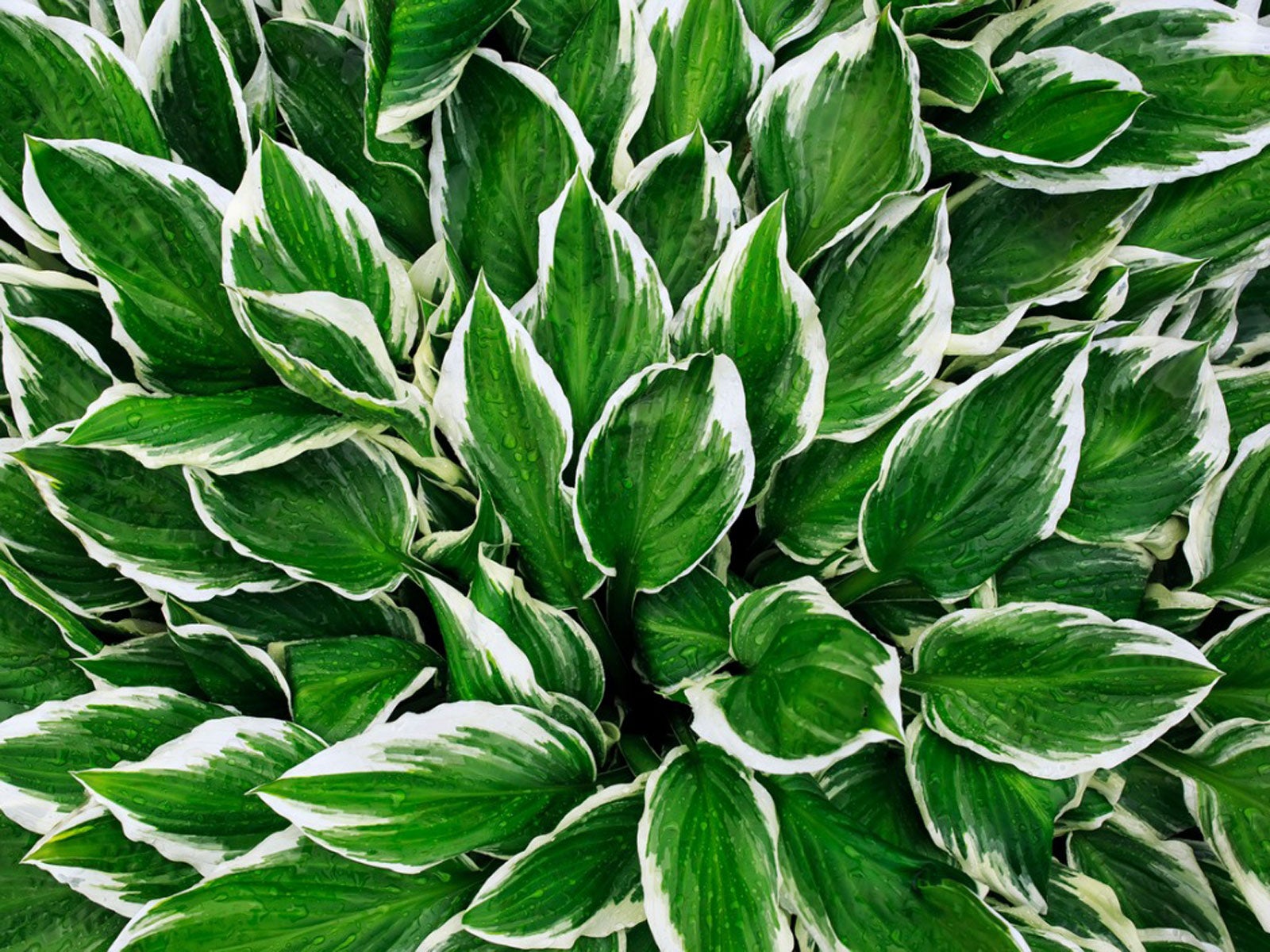
- Astilbe. Astilbes are another shade-loving plant that can add height and interest to a lungwort planting. They produce delicate flowers in shades of pink, white, and purple.
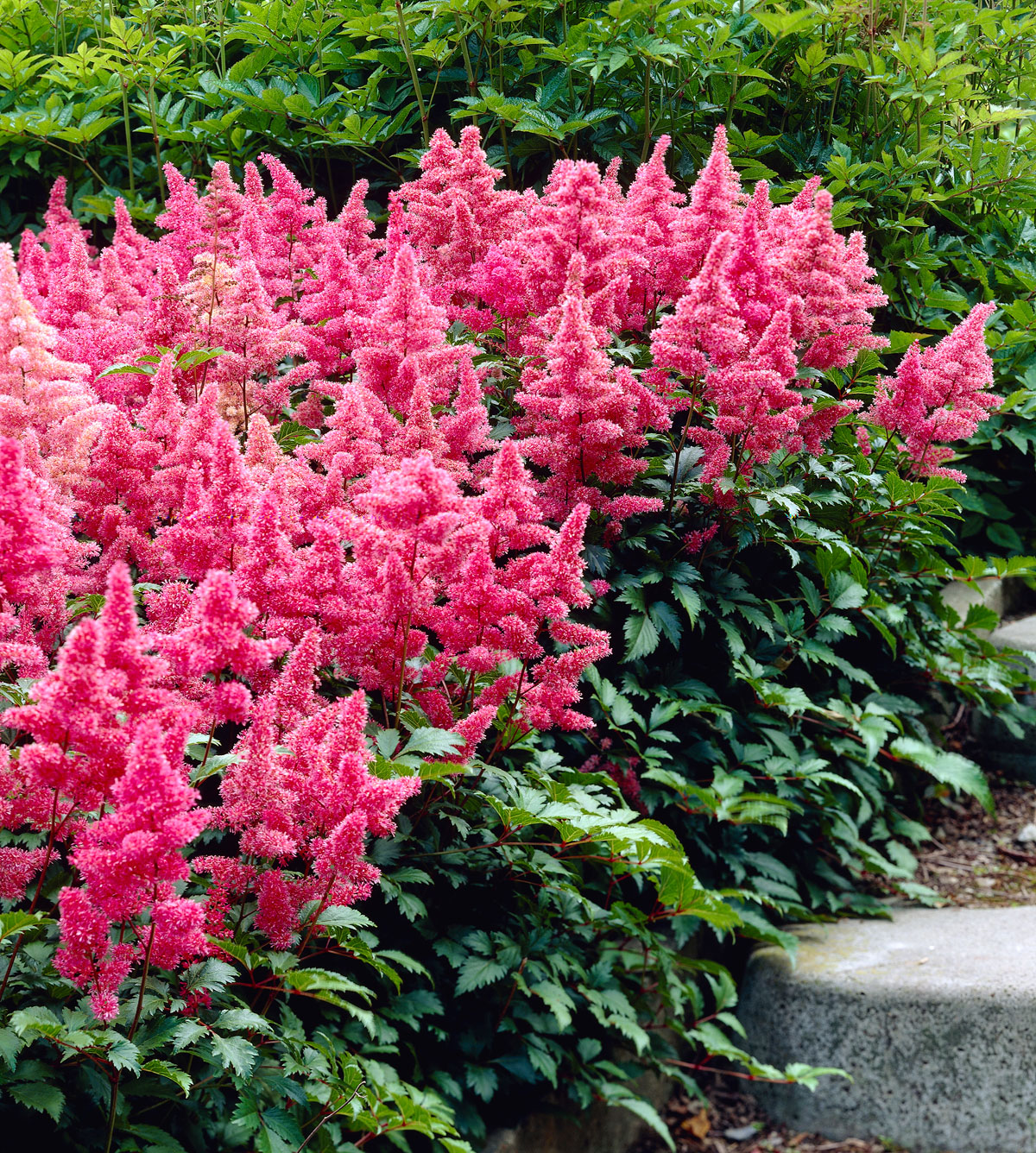
- Brunnera. Brunnera is a low-growing plant with blue or white flowers. It is tolerant of shade and moisture, making it a good companion for lungwort.
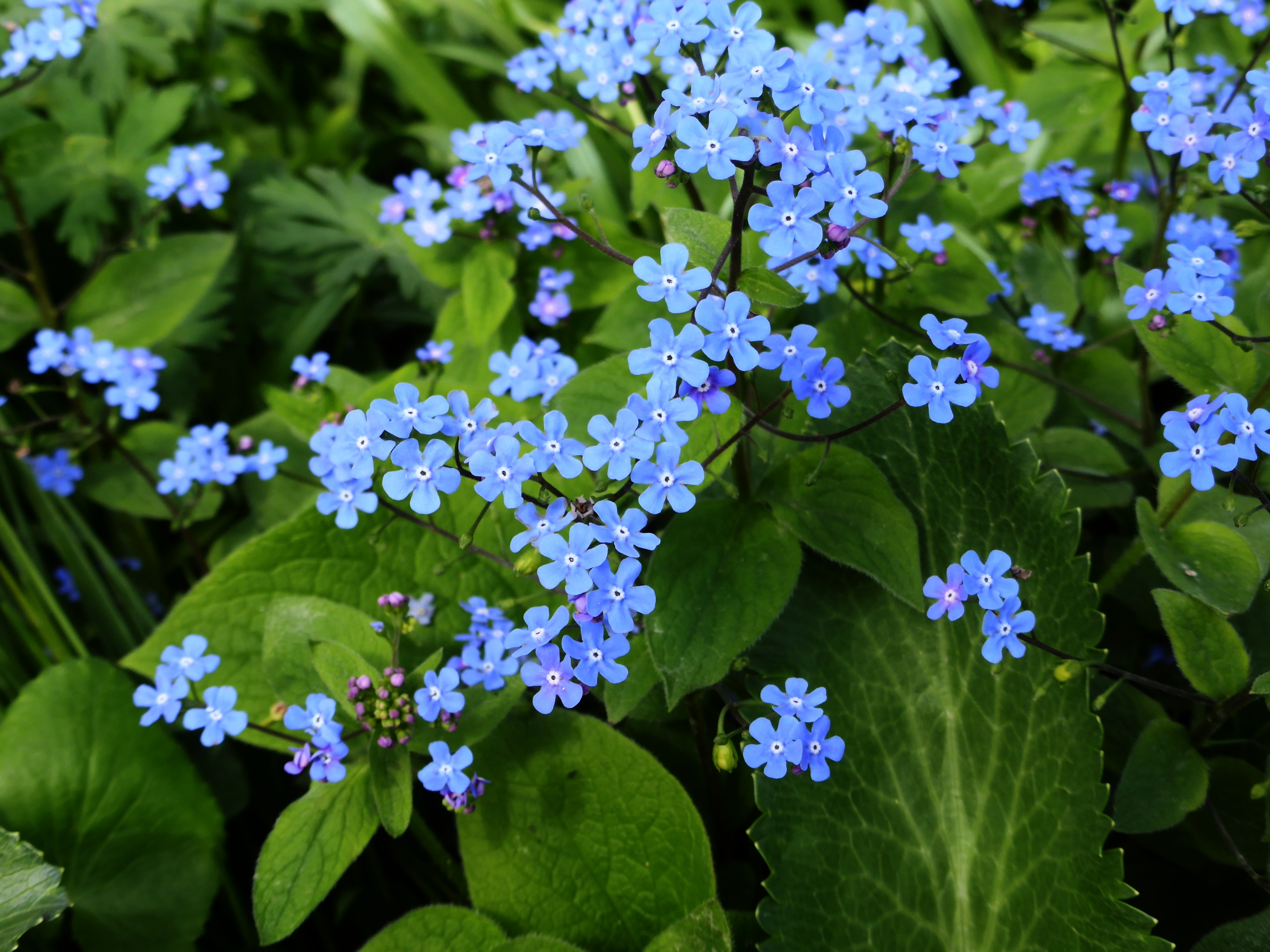
- Anemone blanda. Anemone blanda is a spring-blooming plant with white or blue flowers. It is relatively short-lived, but it self-seeds readily, so it will come back year after year.

- Vinca minor. Vinca minor is a groundcover plant with blue or purple flowers. It is evergreen, so it will provide color and interest all year round.

- Lamium maculatum. Lamium maculatum is a low-growing plant with white, pink, or purple flowers. It is also known as spotted deadnettle, and it is a good choice for attracting pollinators to your garden.
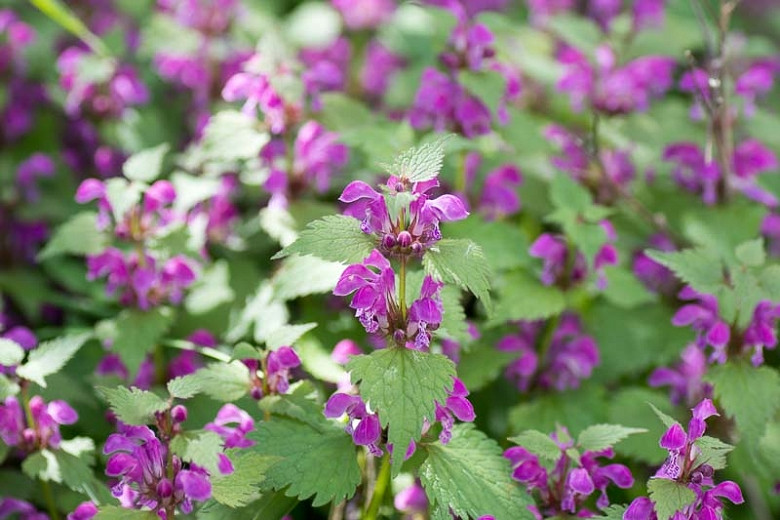
- Geranium phaeum. Geranium phaeum is a shade-loving plant with dark purple flowers. It is also known as the mourning widow, and it is a good choice for adding drama to a shady garden.
- Epimedium. Epimediums are a group of shade-loving plants with interesting foliage. Some varieties also produce flowers in shades of pink, white, or yellow.
- Tiarella cordifolia. Tiarella cordifolia is a low-growing plant with white or pink flowers. It is also known as foamflower, and it is a good choice for adding a touch of whimsy to your garden.
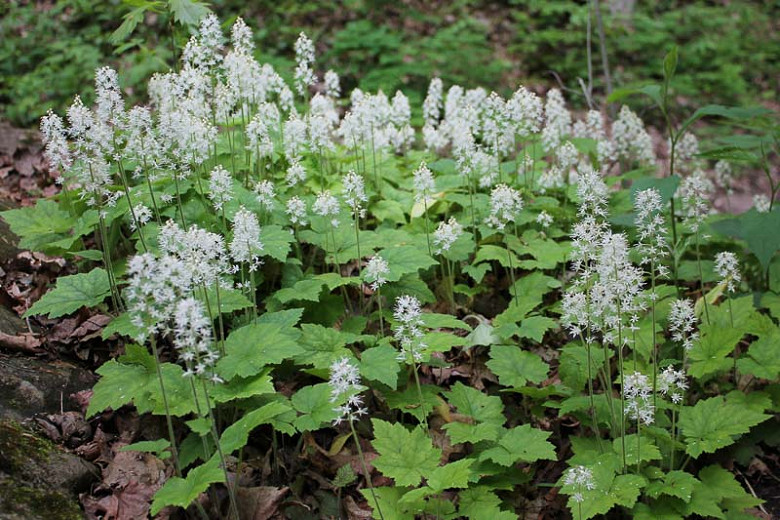
- Bergenia cordifolia. Bergenia cordifolia is a low-growing plant with pink or white flowers. It is also known as elephant's ears, and it is a good choice for adding a touch of boldness to your garden.
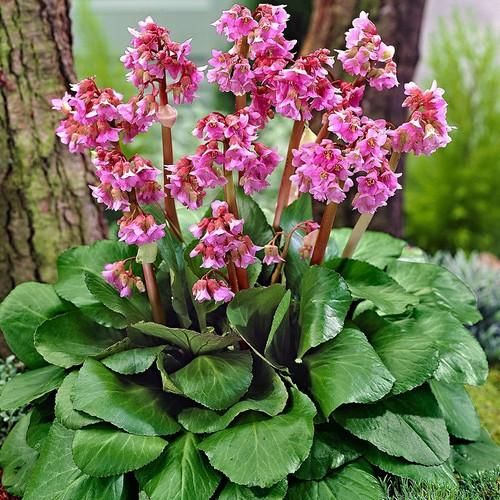

Post a Comment for " Best Lungwort Companion Plants For A Beautiful Shade Garden"